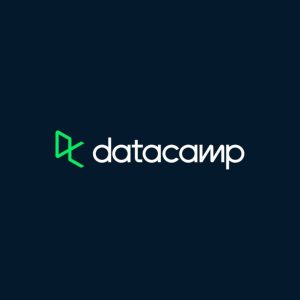Object-oriented Programming with Go
Working with Go offers you the freedom to write clean and concise code that isn’t cluttered with a lot of boilerplate. This course gives an introduction to object-oriented programming concepts, why they are important, and how to apply them in Go.
The Go language offers a fresh way to look at how a programming language can be constructed. Each language structure is considered in light of how the developer and the compiler need to interact with it. While this has led to a language that is very clear and concise, it can make it difficult to recognize how conventional design approaches, such as object-oriented programming can be applied. In this course, Object-oriented Programming with Go, you’ll learn the major concepts of object-oriented programming, and see how they can be implemented in Go applications. First, you’ll discover how to hide implementation details of a service with encapsulation. Next, you’ll explore the difference between inheritance and composition, and why Go only supports one of them. Finally, you’ll cover how to use interfaces to completely decompile code from the objects that it’s using. By the end of this course, you’ll have a solid understanding of the major principles of object-oriented programming, and how to apply them efficiently in Go.
Author Name: Mike Van Sickle
Author Description:
Michael Van Sickle is an application architect in Akron, Ohio. He started his career as a mechanical engineer, designing components for the automotive industry, before changing to software engineering. He is passionate about learning new programming languages and is comfortable working in Java, C#, JavaScript, PHP, and F#. Mike also loves learning about user experience design and is taking a lead role in his company’s attempt to make applications that are elegant and simple. When he i… more





There are no reviews yet.